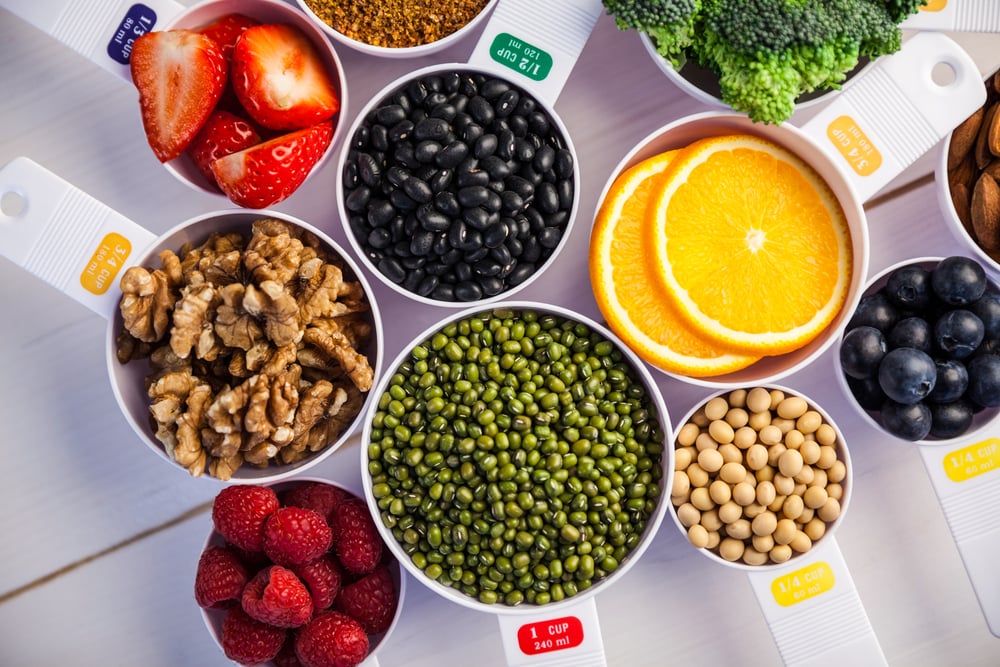 Now that you understand a little more about what gluten is and how it affects your body if you have an intolerance to it, it is time to figure out what exactly you can eat. This is a new lifestyle, so don’t treat it like something you only do when convenient. If you think it will be better, start gradual by slowly removing food items with gluten one by one until eventually the majority of your diet doesn’t have it. Remember that you have a sensitivity, not an allergy, so you can still have some gluten in small quantities.
Now that you understand a little more about what gluten is and how it affects your body if you have an intolerance to it, it is time to figure out what exactly you can eat. This is a new lifestyle, so don’t treat it like something you only do when convenient. If you think it will be better, start gradual by slowly removing food items with gluten one by one until eventually the majority of your diet doesn’t have it. Remember that you have a sensitivity, not an allergy, so you can still have some gluten in small quantities.
Foods With Gluten
Before discussing what you can eat when you have a gluten intolerance or sensitivity, it helps to understand exactly what foods are going to contain gluten. It is found in grains like wheat, rye, barley, couscous, bulgur, semolina, triticale, spelt, and many others. This means the majority of cold cuts, commercial broth and bullion, malt, soup, breads, salad dressings, sauces, condiments, processed cheese, and processed foods will have it. Some food items you need to get rid of or reduce considerably are:
- Condiments and salad dressings
- Canned beans
- Processed meat like hot dogs
- Non-dairy creamer
- Egg substitutes
- Granola and trail mix
- Energy bars
- Ice cream
- Fruit filling and pudding
- Cereals and breads
Fruits and Vegetables
 For starters, you can begin by eating plenty of fruits and vegetables. Most fresh produce, and some frozen, is not going to contain any type of gluten and won’t upset your stomach. Some good vegetables to have are greens, broccoli, cauliflowers, Brussels sprouts, leeks, fennel, artichoke, bok choy, radishes, onions, cabbage, green beans, celery, and mushrooms. With fruits, you want to be careful about the sugar content. Try to go for fruits like tomato, bananas, lemons, limes, and some berries. These fruits tend to have a lower amount of sugar.
For starters, you can begin by eating plenty of fruits and vegetables. Most fresh produce, and some frozen, is not going to contain any type of gluten and won’t upset your stomach. Some good vegetables to have are greens, broccoli, cauliflowers, Brussels sprouts, leeks, fennel, artichoke, bok choy, radishes, onions, cabbage, green beans, celery, and mushrooms. With fruits, you want to be careful about the sugar content. Try to go for fruits like tomato, bananas, lemons, limes, and some berries. These fruits tend to have a lower amount of sugar.
Fats and Seasonings
You don’t have to worry too much about having flavor with your food, just because you can’t have most grains. Healthy fats are a great thing to add to your gluten-free diet, including olive oil and coconut oil, nut butter, olives, nuts, seeds, almond milk, and butter if it is organic and grass-fed. With seasonings and condiments, feel free to have anything without sugar, soy, and wheat. This means mustard, salsa and horseradish are fine, but ketchup is unfortunately out.
As you can see, your new lifestyle will provide you with a lot of tasty, nutritious food even without having gluten.

